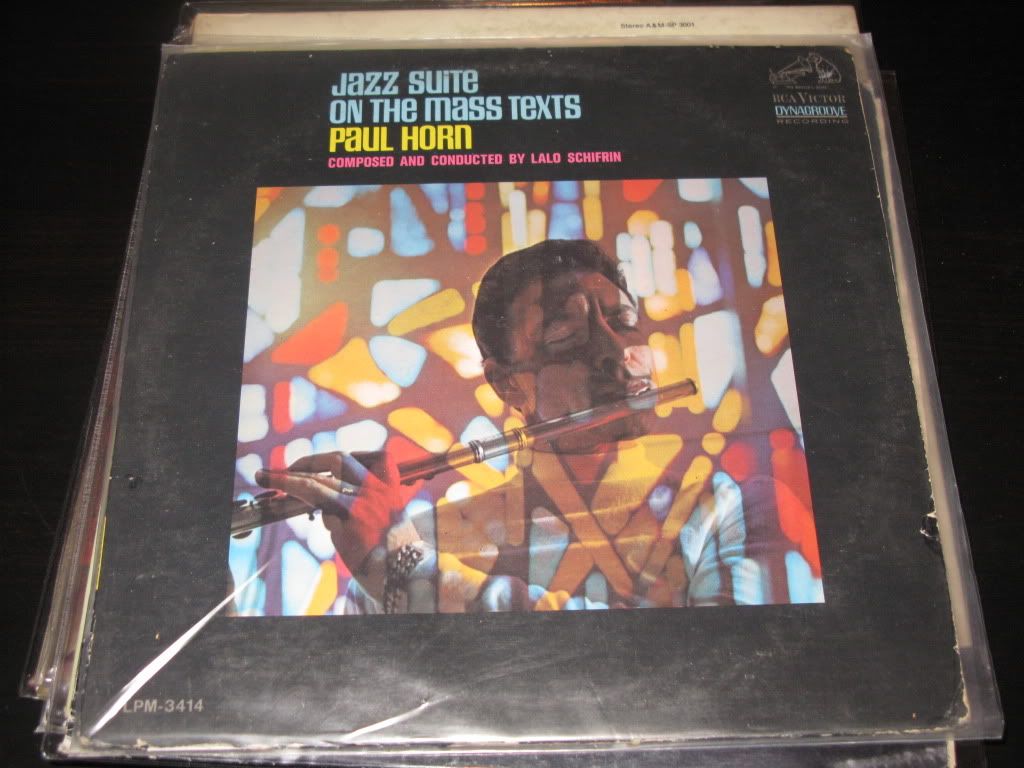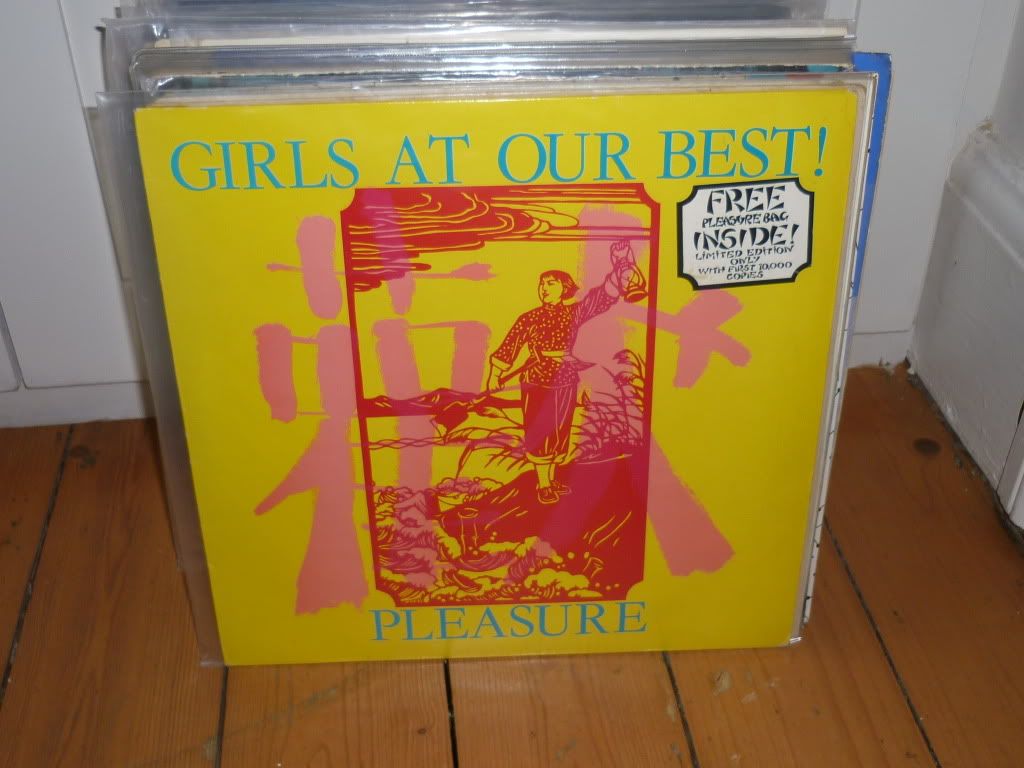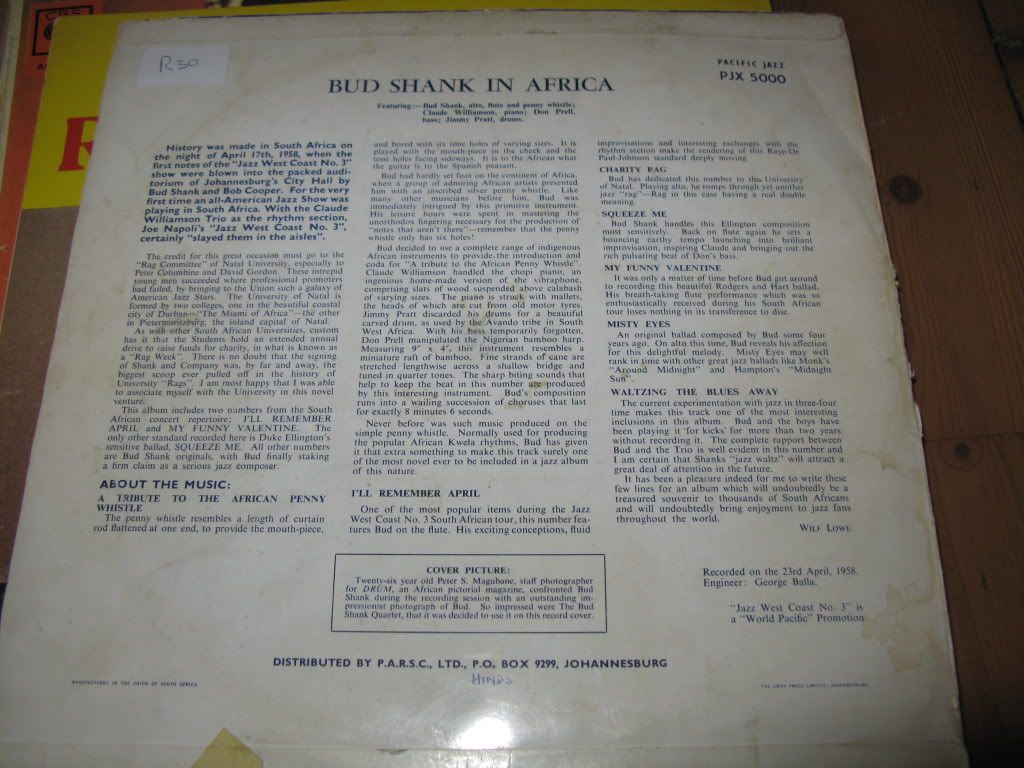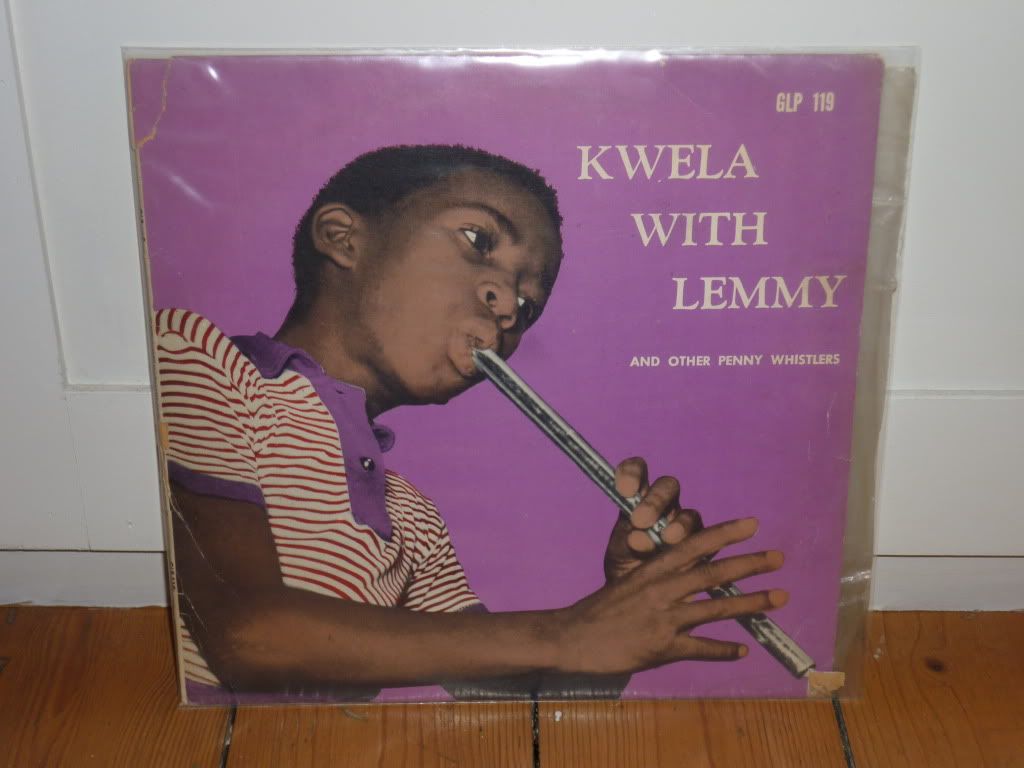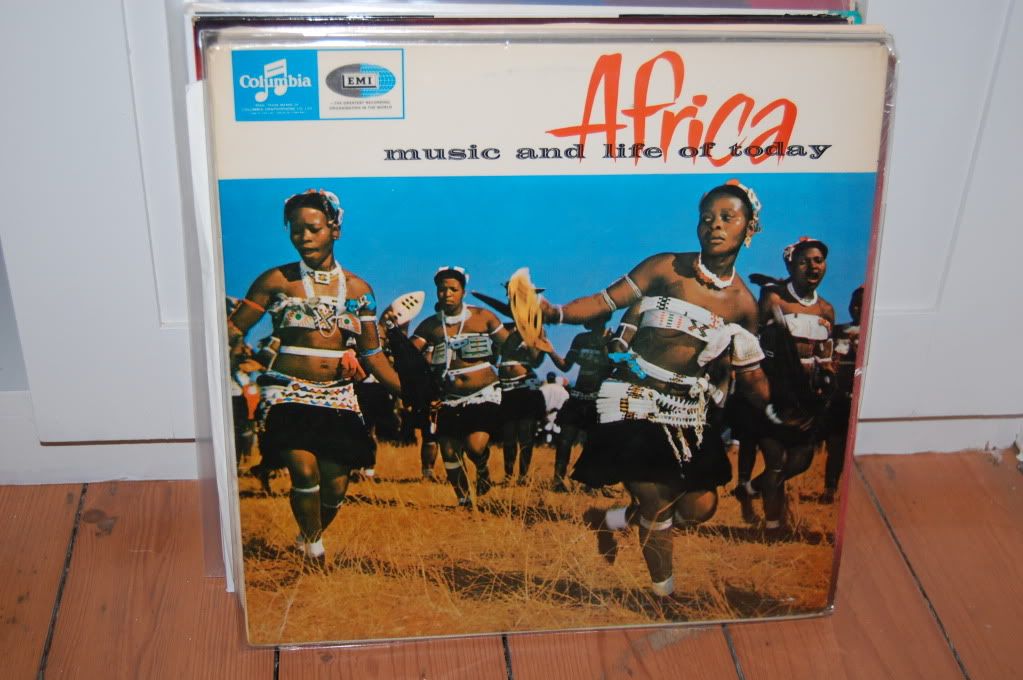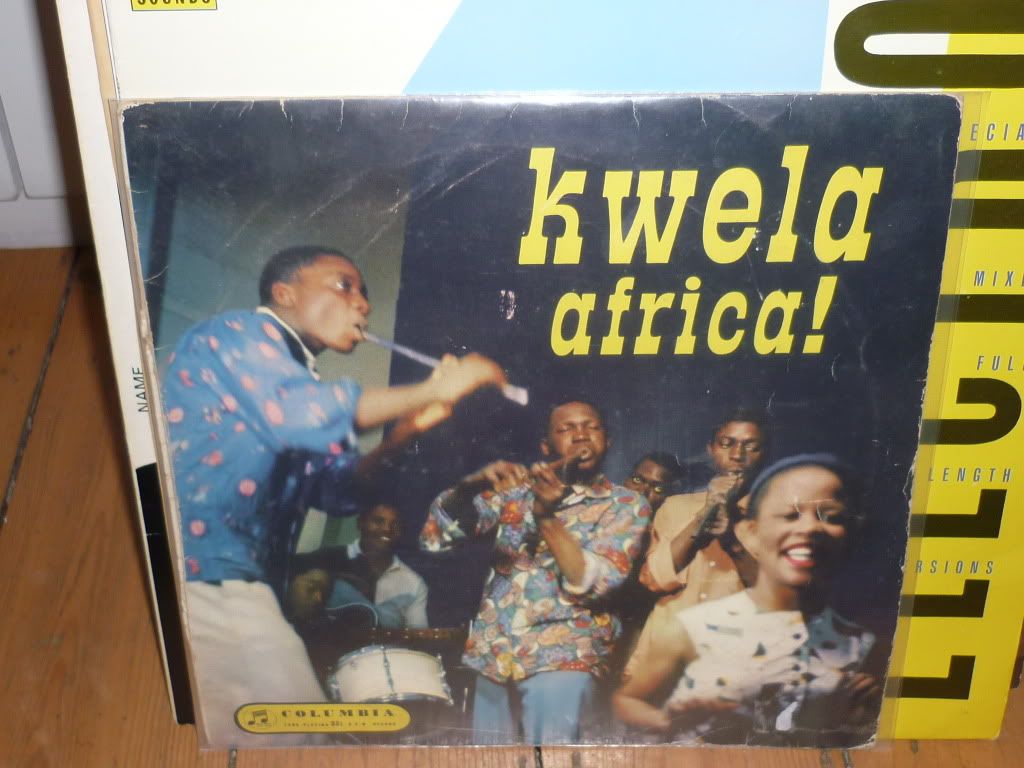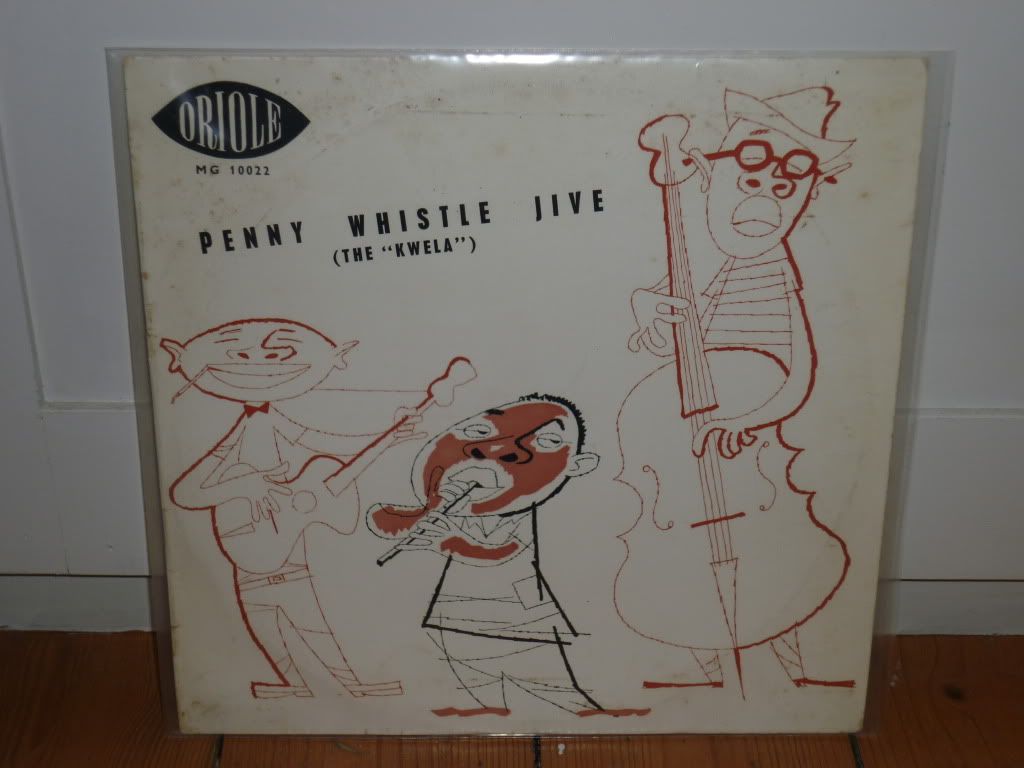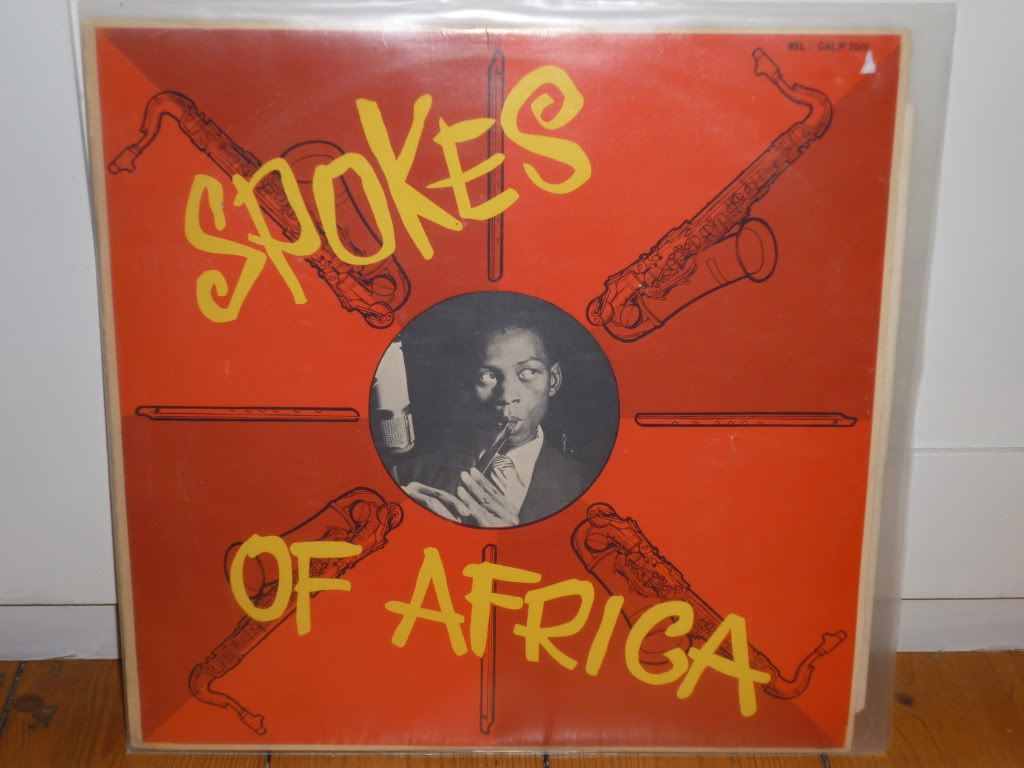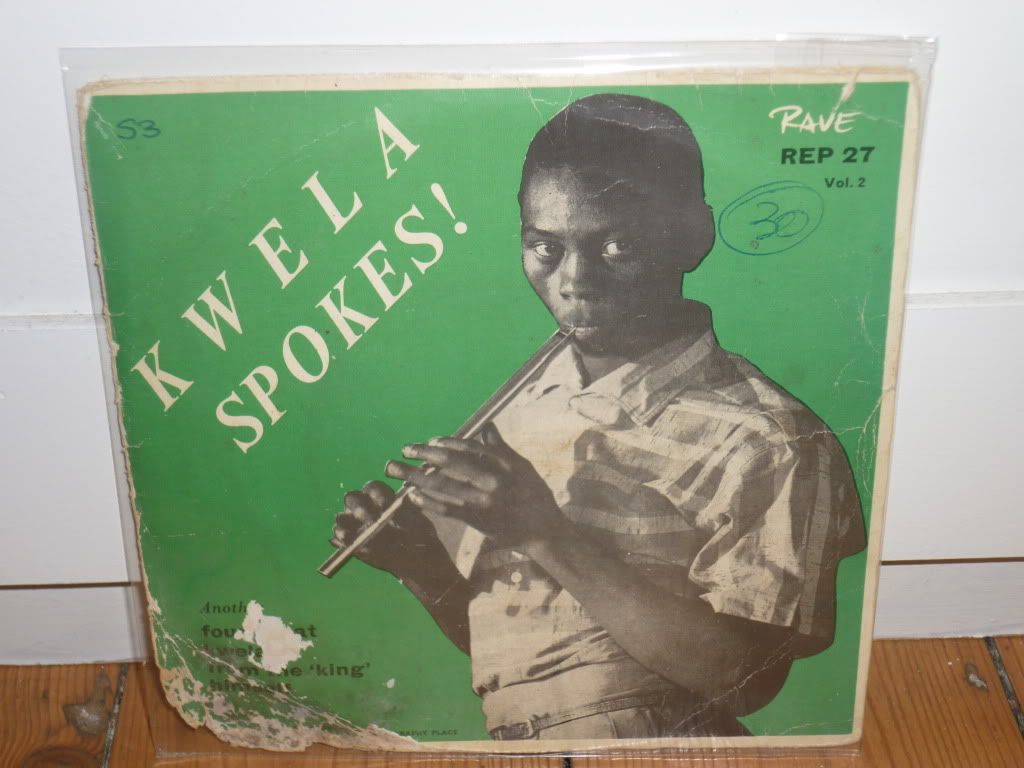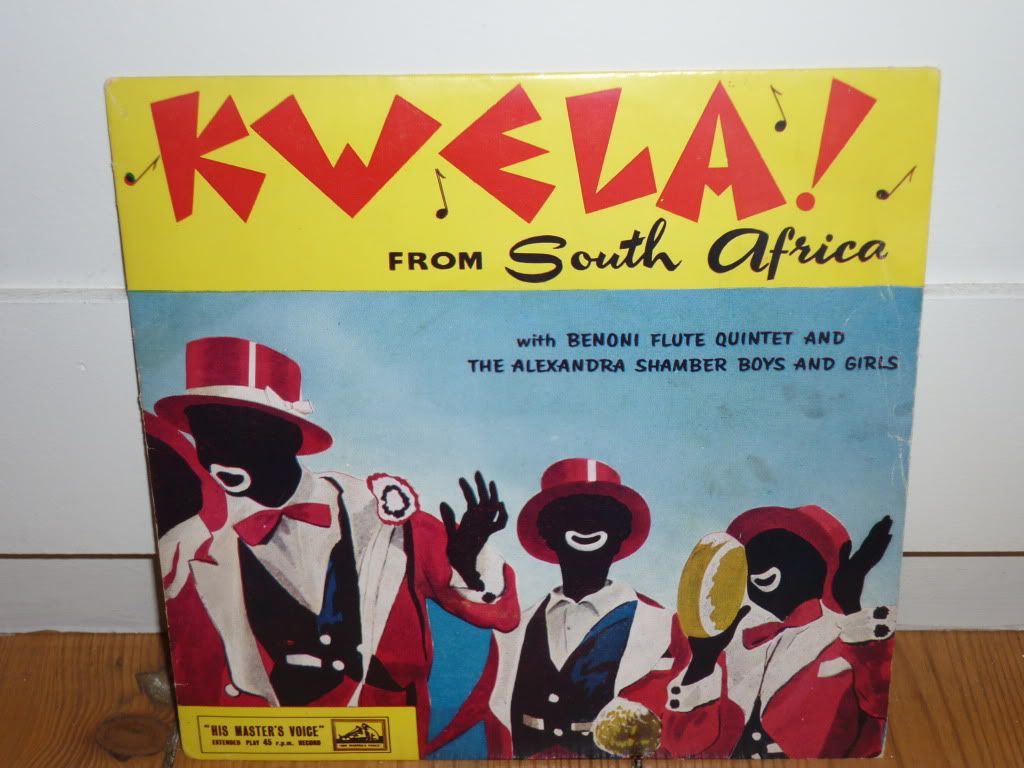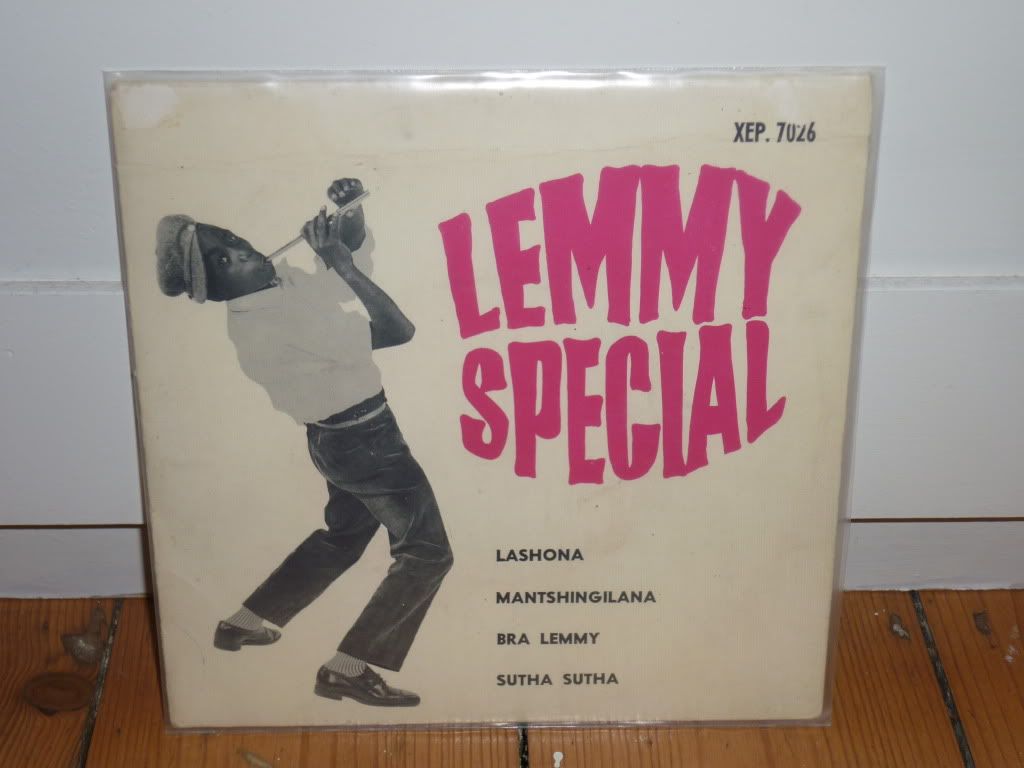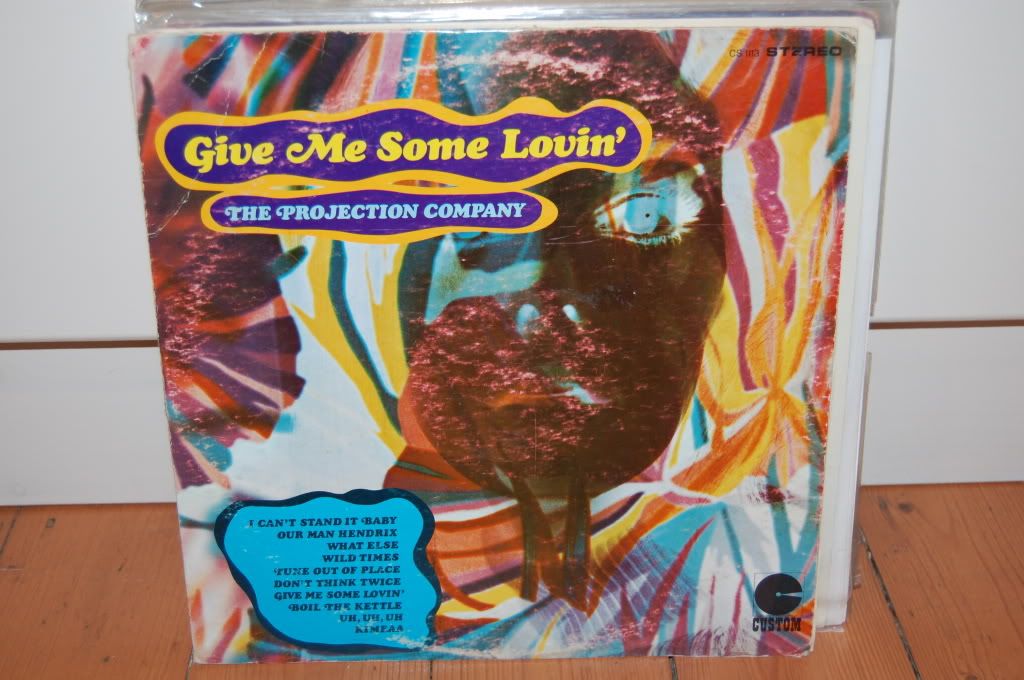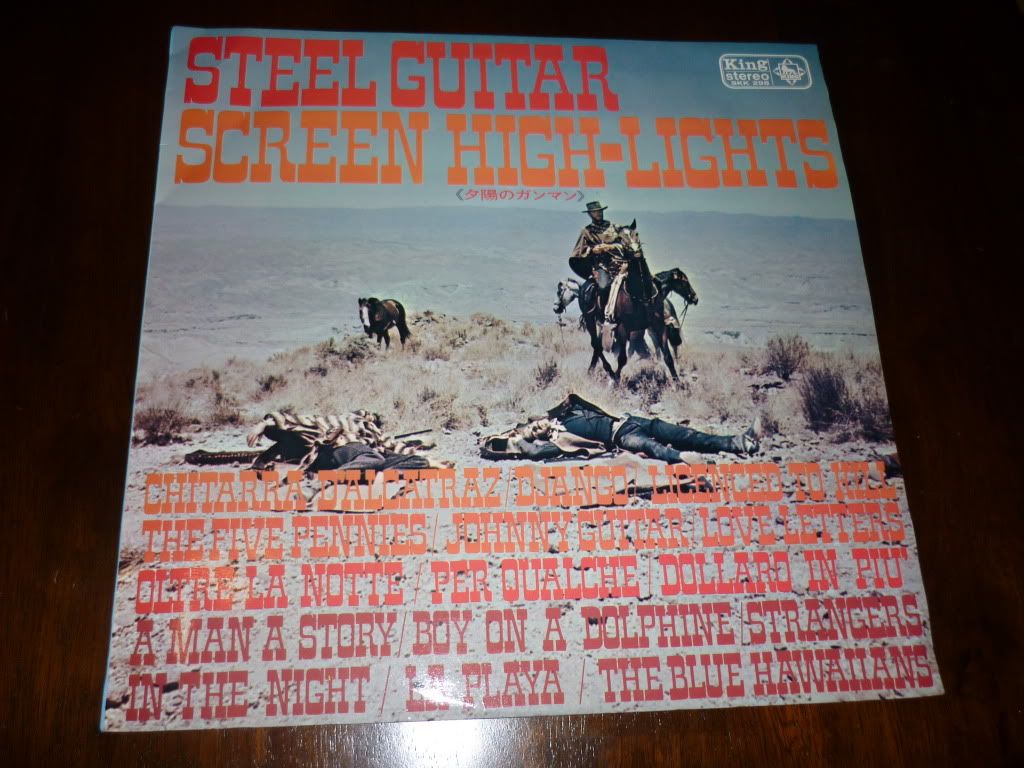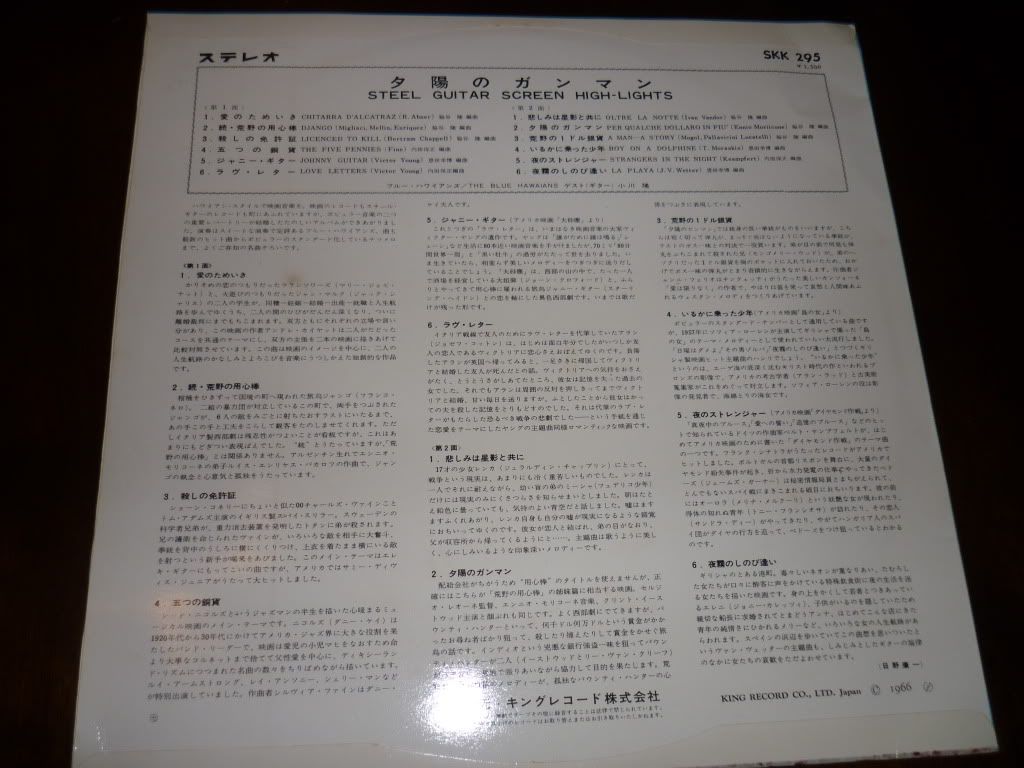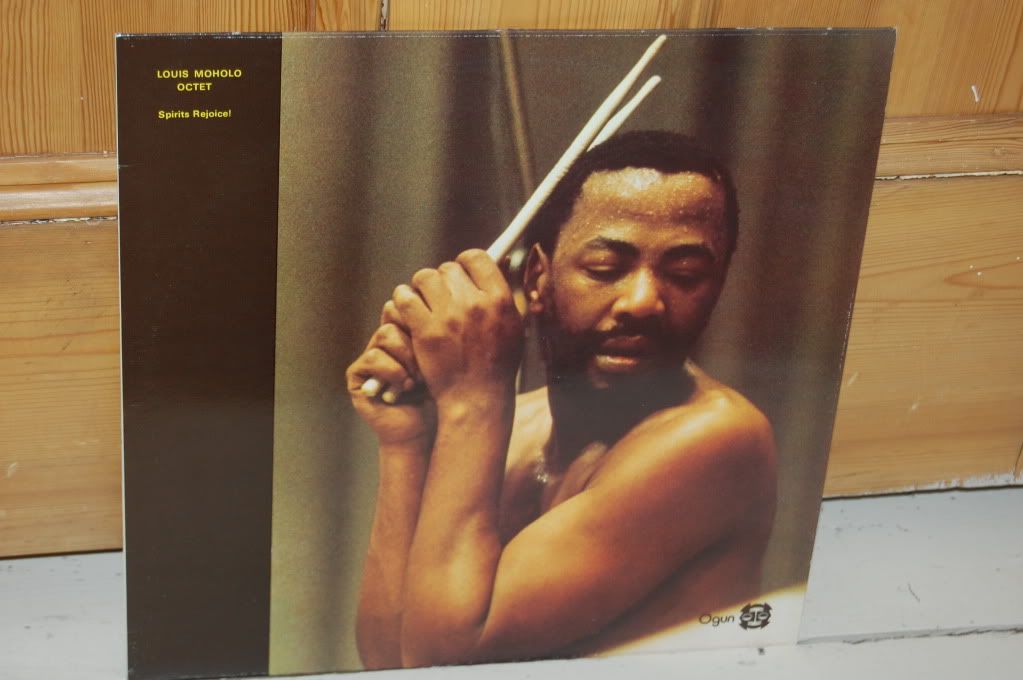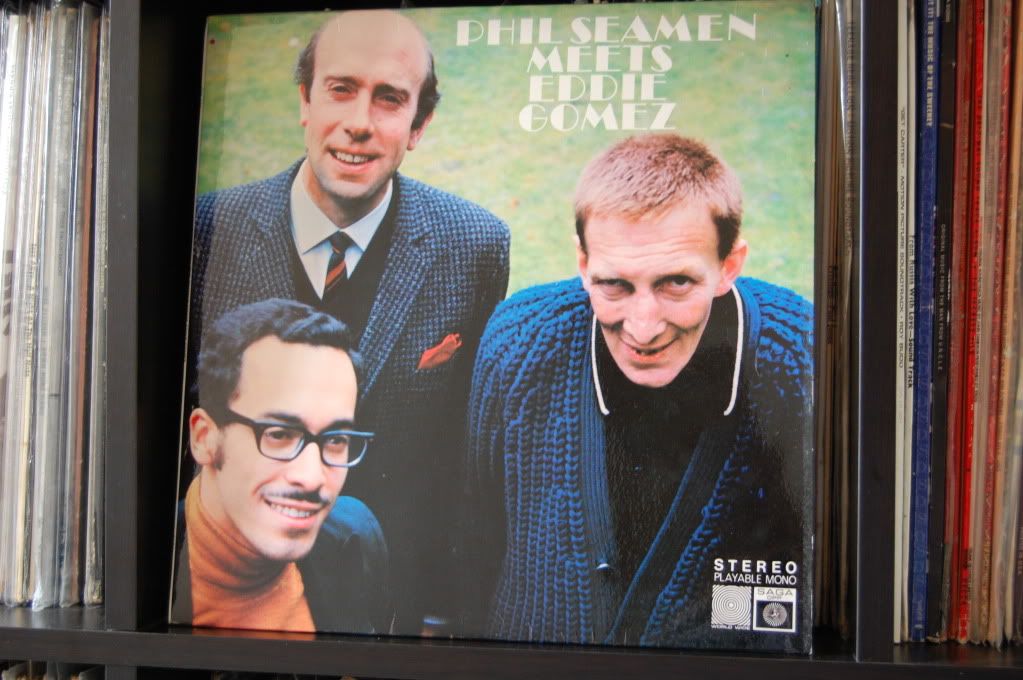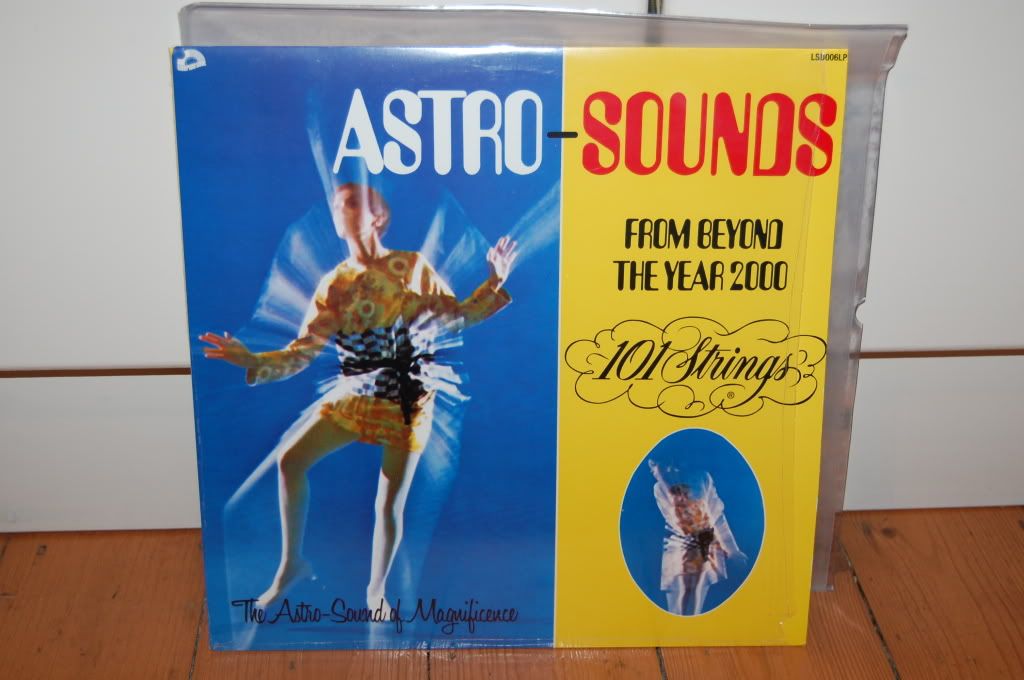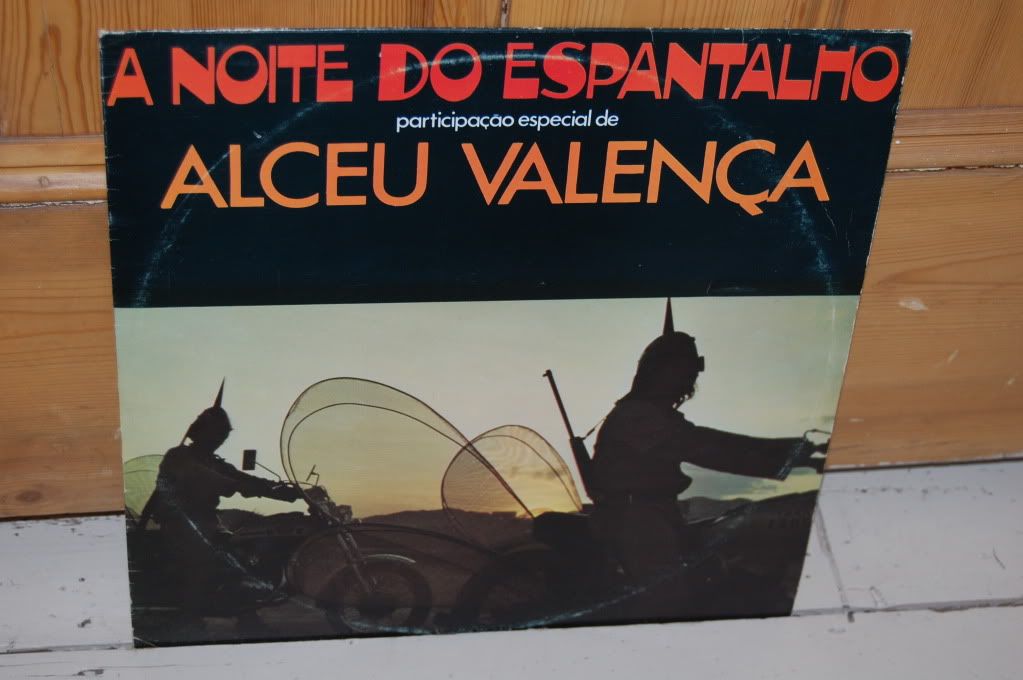Can pop music be too clever?
Well in 1979, when this record was released, there were a lot of clever people making clever records. People like Elvis Costello and Joe Jackson, people like Talking Heads and Television, Brian Eno and John Lydon - all of them in their own ways being clever on record.
What about humour in pop?
Again, in 1979 there seemed to be a lot of that around too. The Cramps and the Rezillos with their pop trash aesthetic, XTC and Squeeze with their wry English-ness, Devo from outer space and the Damned from the Beano.
So you might think that a clever and funny record would fit in perfectly. Punk and New Wave were opening doors for all sorts of clever, clever and funny funny people. Unfortunately for Writz it seems that no one in 1979 was listening to them.
Writz was the brainchild of Steve Farnie, the dapper man with the Chaplin moustache and the terrible suit and shirt in the centre of the record sleeve, Steve Rowles, the guy in the red tie and mullet and Bev Sage, the lady in the rather dated one-piece Prince-of-Wales check button-down jump suit. People just don't dress like that anymore. Click on the photo and revel in the styles. I particularly like the guy behind Bev. If you can see he is wearing white sandals and socks under his leather trousers. Pretty way out!
But it's not fair to laugh at out-of-date fashion - I'm certainly not showing you photos of what I was wearing then!
But the visuals were important to Writz. They were as keen to have a striking and different visual presentation as they were to keep the music fresh. All three of the main protagonists had been to art or music college (a not uncommon story for bands). Farnie, particularly was certain that a merging of image and sounds would produce superior rock and roll.
So on to the music then.
Writz were greatly helped by having no only some very good musicians but some very experienced ones. Jules Hardwick on lead guitar was a session musician, Nick Battle the bassist had played with After the Fire while drummer Arry Axel seems to have been something of an enigma.
As I said earlier Writz are both clever and funny. Nowhere more so than on album opener and single Night Nurse.
From the opening klaxon call the song grabs your attention as Bev intones 'Night Nurse' in a chilling but sexy way. Then Rowles comes in singing about.... What? Its not really a song about a budding Florence Nightingale but perhaps more accurately about someone who might have worked for Cynthia Payne. For a band that liked to dress up, it's great that they should be singing about a woman who is also dressing up. Fading out with a rather sad trumpet line you are left wondering whether the Night Nurse is enjoying her nocturnal activities or whether they are really something she would prefer to avoid.
See it here
The record is very much of its time. This is not a criticism. After all you wouldn't expect a Hendrix record to sound as though it were recorded in the 50s or the 80s for that matter. It is, however, an attempt to fix the feel and texture of the music.
Other highlights are Luxury with a fantastic disco funk bass line, Private Lives and Muscle Culture.
Muscle Culture is a song about dictatorships and the use of the media and charismatic people to induce conformity. The live version on Youtube is better than the album version.
I was thinking about Muscle Culture the last time I went to the gym - body fascism? You can see from the clip how into image and fashion the band were. You can also hardly fail to notice the chemistry between Farnie and Sage. It would have been great if they had been given an opportunity to make some music videos but they were just slightly too early for the boom in videos.
The band's career can't have been helped when they were forced to change their name or face being sued by an American band who had the same name. Can anyone remember them?
As Famous Names they released Holiday Romance which is Blur's Girls and Boys avant la lettre. Another song brimming with ideas and wit it too failed to make a dent on the charts.
Effectively that was the end for Writz. Farnie and Sage reinvented themselves as the Techno Twins and released the charming Falling in Love Again which was a chart success. However, for some reason it was never followed up with greater success.
For all that they sound of their time I'd recommend you go out and track down the Writz album. No one can have too many clever and funny records in their collections.
For everything you ever wanted to know about the band go here
Well in 1979, when this record was released, there were a lot of clever people making clever records. People like Elvis Costello and Joe Jackson, people like Talking Heads and Television, Brian Eno and John Lydon - all of them in their own ways being clever on record.
What about humour in pop?
Again, in 1979 there seemed to be a lot of that around too. The Cramps and the Rezillos with their pop trash aesthetic, XTC and Squeeze with their wry English-ness, Devo from outer space and the Damned from the Beano.
So you might think that a clever and funny record would fit in perfectly. Punk and New Wave were opening doors for all sorts of clever, clever and funny funny people. Unfortunately for Writz it seems that no one in 1979 was listening to them.
Writz was the brainchild of Steve Farnie, the dapper man with the Chaplin moustache and the terrible suit and shirt in the centre of the record sleeve, Steve Rowles, the guy in the red tie and mullet and Bev Sage, the lady in the rather dated one-piece Prince-of-Wales check button-down jump suit. People just don't dress like that anymore. Click on the photo and revel in the styles. I particularly like the guy behind Bev. If you can see he is wearing white sandals and socks under his leather trousers. Pretty way out!
But it's not fair to laugh at out-of-date fashion - I'm certainly not showing you photos of what I was wearing then!
But the visuals were important to Writz. They were as keen to have a striking and different visual presentation as they were to keep the music fresh. All three of the main protagonists had been to art or music college (a not uncommon story for bands). Farnie, particularly was certain that a merging of image and sounds would produce superior rock and roll.
So on to the music then.
Writz were greatly helped by having no only some very good musicians but some very experienced ones. Jules Hardwick on lead guitar was a session musician, Nick Battle the bassist had played with After the Fire while drummer Arry Axel seems to have been something of an enigma.
As I said earlier Writz are both clever and funny. Nowhere more so than on album opener and single Night Nurse.
From the opening klaxon call the song grabs your attention as Bev intones 'Night Nurse' in a chilling but sexy way. Then Rowles comes in singing about.... What? Its not really a song about a budding Florence Nightingale but perhaps more accurately about someone who might have worked for Cynthia Payne. For a band that liked to dress up, it's great that they should be singing about a woman who is also dressing up. Fading out with a rather sad trumpet line you are left wondering whether the Night Nurse is enjoying her nocturnal activities or whether they are really something she would prefer to avoid.
See it here
The record is very much of its time. This is not a criticism. After all you wouldn't expect a Hendrix record to sound as though it were recorded in the 50s or the 80s for that matter. It is, however, an attempt to fix the feel and texture of the music.
Other highlights are Luxury with a fantastic disco funk bass line, Private Lives and Muscle Culture.
Muscle Culture is a song about dictatorships and the use of the media and charismatic people to induce conformity. The live version on Youtube is better than the album version.
I was thinking about Muscle Culture the last time I went to the gym - body fascism? You can see from the clip how into image and fashion the band were. You can also hardly fail to notice the chemistry between Farnie and Sage. It would have been great if they had been given an opportunity to make some music videos but they were just slightly too early for the boom in videos.
The band's career can't have been helped when they were forced to change their name or face being sued by an American band who had the same name. Can anyone remember them?
As Famous Names they released Holiday Romance which is Blur's Girls and Boys avant la lettre. Another song brimming with ideas and wit it too failed to make a dent on the charts.
Effectively that was the end for Writz. Farnie and Sage reinvented themselves as the Techno Twins and released the charming Falling in Love Again which was a chart success. However, for some reason it was never followed up with greater success.
For all that they sound of their time I'd recommend you go out and track down the Writz album. No one can have too many clever and funny records in their collections.
For everything you ever wanted to know about the band go here




